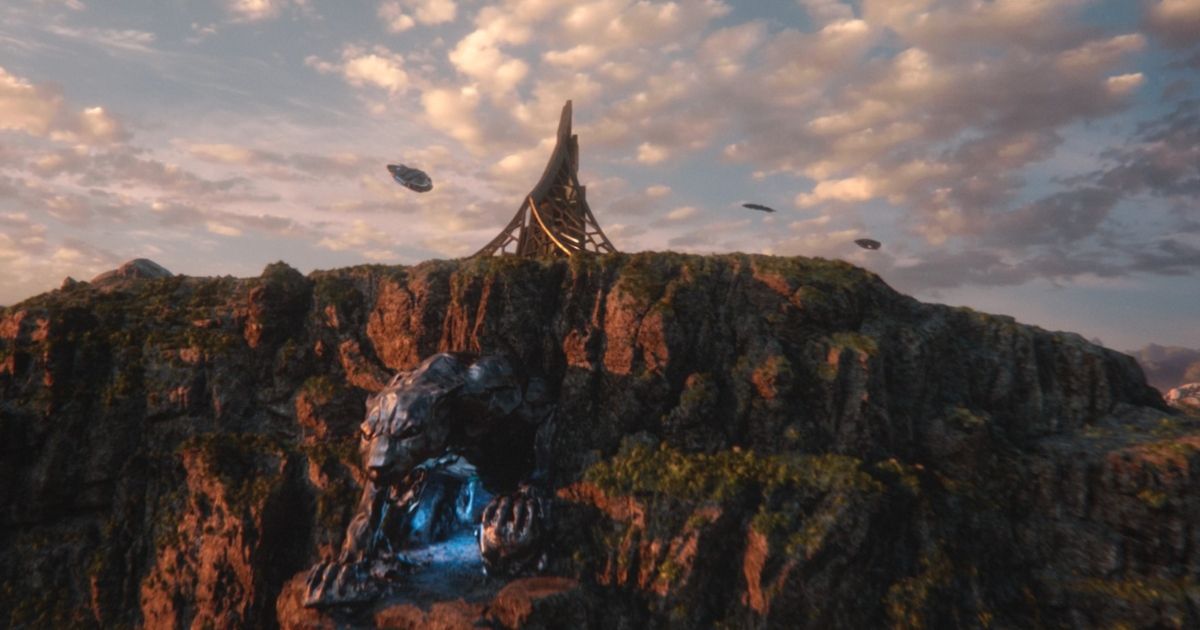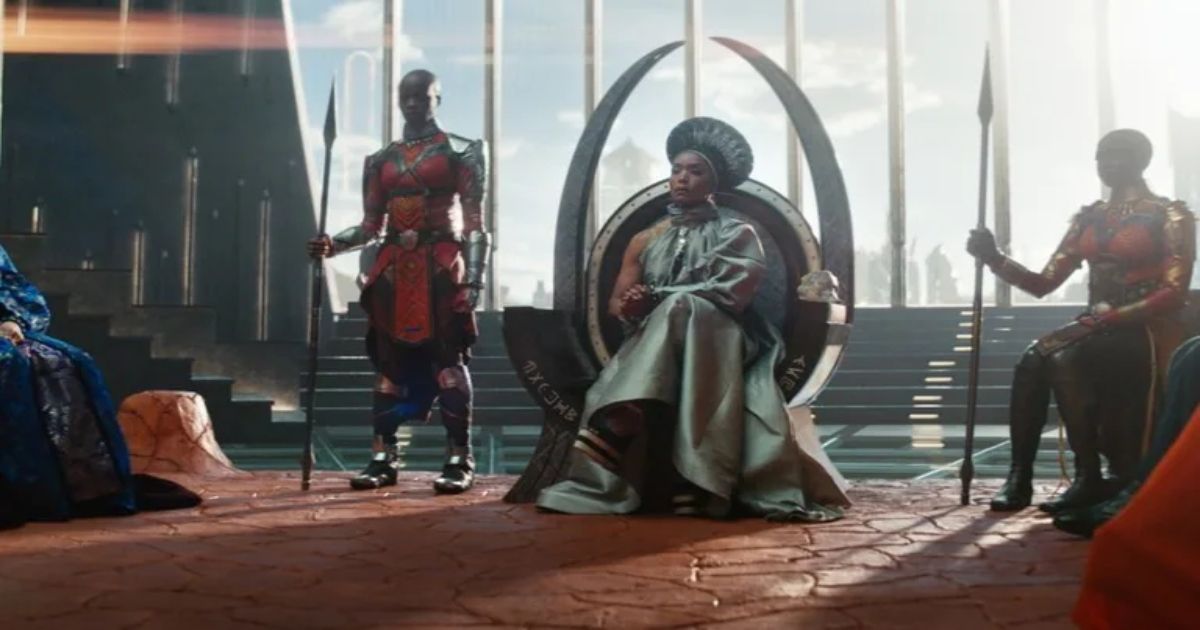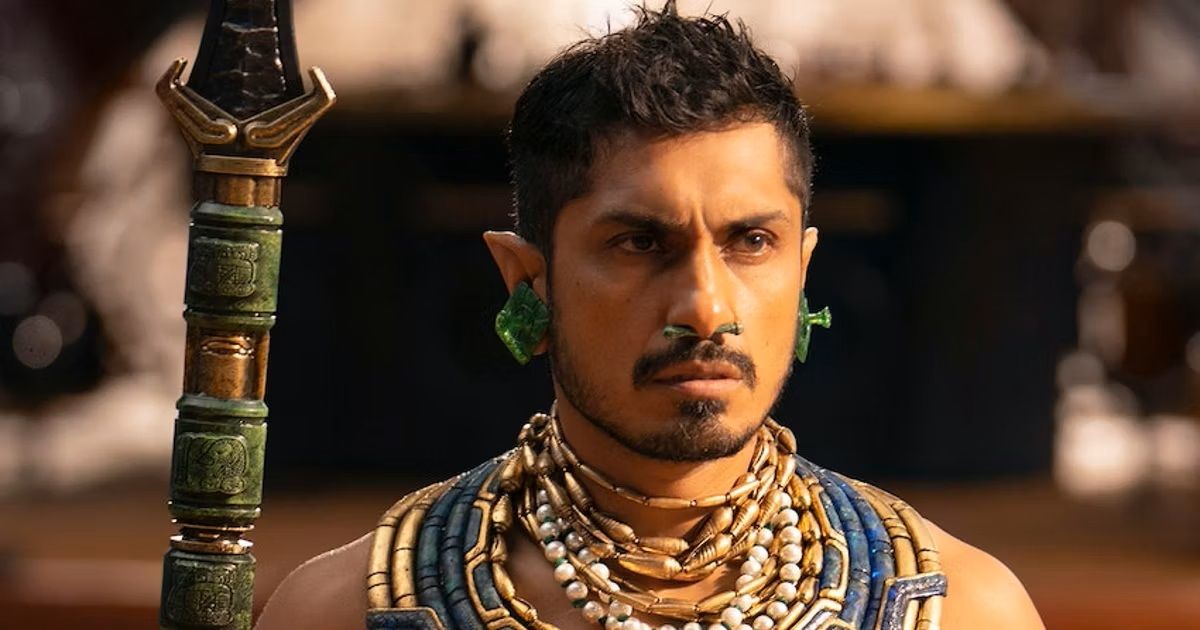Black Panther: Wakanda Forever marked the full-length return of this world of wonder and advanced technology. The land that gave us Black Panther is back to provide continuity to this successful franchise from the MCU, even after Chadwick Boseman’s tragic passing. The focus shifted from his fantastic character, King T’Chala, to a more collective narrative of Wakanda’s people, balancing with the personal story of Shuri, sister of the former king and heiress of the Black Panther powers.
This new entry revolves around the Wakandians and sets the scene for Taloka, the Mayan-like Kingdom of amphibian fighters. This carefully-crafted realm commanded by Namor gave Wakanda a run for its money in a war that challenged the very strength of the Wakandians. Nevertheless, the center of the conflict is the well-known vibranium, a powerful natural resource that serves mainly for combat purposes.
This metal element used for Captain America’s shield and Black Panther’s suit is key to the storyline and Wakanda Forever’s social commentary on the world’s use of natural resources. This plot device ties the Marvel Cinematic Universe to the world’s current situation and the message behind it.
Inventing a Country to Solve the Crisis
Vibranium as an element of conflict goes far beyond Wakanda Forever. Light-weighted and stronger than traditional metals, vibranium was a pivotal plot point for Avengers: Age of Ultron, with arms dealer Ulysses Klaue trafficking the praised product. Later on, we discover that Wakanda is the only known place in the world to have a reservoir of this resource, something that keeps the world suspicious of Wakanda’s true intentions. It’s a fair question to ask if there is a conspiracy for vibranium in the MCU, as the element keeps appearing in more and more Marvel movies and series as a resource that drives the plot to complex scenarios.
Speaking of elaborate plots, Wakanda Forever starts with a United Nations meeting ratifying the most powerful countries’ skepticism on how Wakandians handle vibranium. Soon enough, Queen Ramonda shows up at this global conclave to expose the U.S. and France’s secret plot to steal the precious metal. The Wakandian queen provides a loud and clear message: using vibranium for war has terrifying consequences; hence, it is safer under their watch.
It’s no secret that today’s real precious materials, such as gas or lithium, are part of the world’s current world’s conflicts. Vibranium represents these scarce resources, yet Marvel’s invention of Wakanda conveys how conflictive these resources can be in the wrong hands. Wakanda’s advanced technology and isolation, to the imagination of the MCU, is the only way to prevent this from happening. In other words, today’s leaders are not ready or in the knowledge of how to properly use them without avoiding wars or sentencing other countries to cruel fates.
New Reservoirs, New Enemies
The rise of the Taloka underwater kingdom defied Wakanda’s monopoly on vibranium. Namor, probably the best Phase 4 villain from the MCU, showed the world they too can profit from this valuable material, and his awful personal experience with civilization made him a hazard to the world’s safety. His thirst for revenge transforms him into the film's main antagonist, a powerful one, not only for his strength and powers but also for his possession of the resource that makes him the target of other countries’ invasions.
Namor is essentially a Latin American character, a representative of ancient indigenous civilizations like the Mayas in Mexico. Wakandians, on the other hand, come to represent an almost utopian society from Africa. These two regions are, in real life, lands rich in resources and under the world’s vigilance because of this. The MCU plays on the hypothesis of what can happen if two powerful civilizations from these otherwise sub-developed economies can handle resources when given power. This hypothetical exercise results in a dubious future. In the Marvel Cinematic Universe, only a strong and advanced territory like Wakanda can keep vibranium away from greedy disputes.
Of course, everything from the movie is fiction, and every resemblance with reality can be deemed a mere coincidence. Nothing seen on the screen is there to be taken for its face value. Yet, it’s also fair to assume that Disney in general (and the MCU in particular) know how to touch sensitive subjects such as diversity or the world’s use of resources. The goal is always to provide a witty take or to make the audience reflect on the world’s current affairs (and what can be changed in it).
Sometimes, fiction can give a strong message on life’s very real problems, both personal and global. Everything falls into the category of interpretation, but it is also a safe assumption that inspiration is drawn from the real world, even for most sci-fi-driven stories. As the MCU Phase 4 struggles to find a direction, there is a lot of potential behind a cinematic universe that is conscious of the world we live in.



